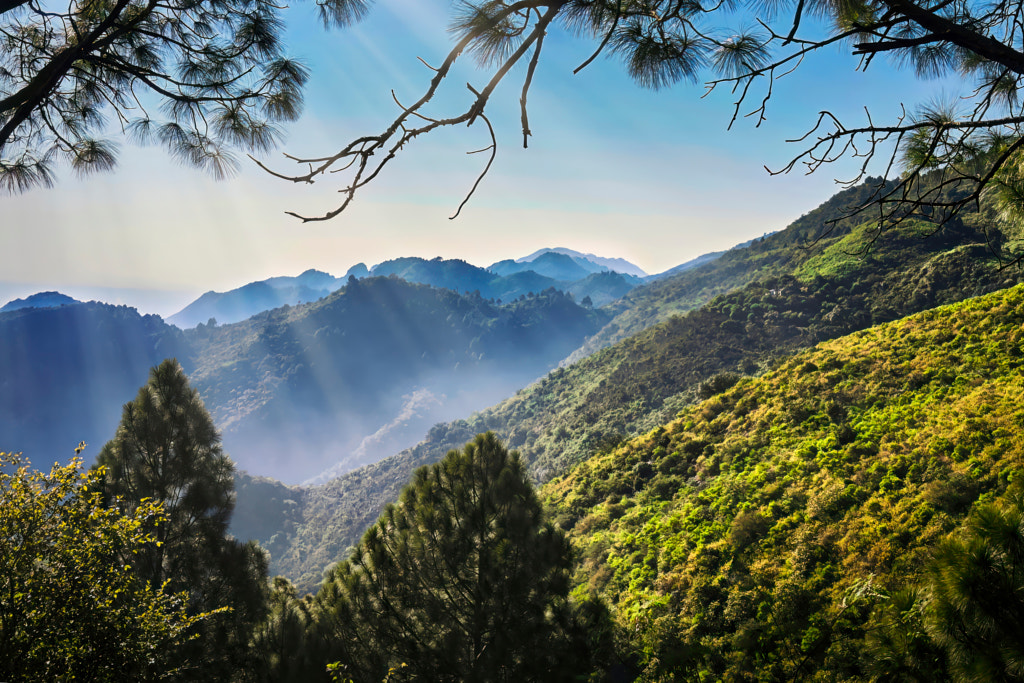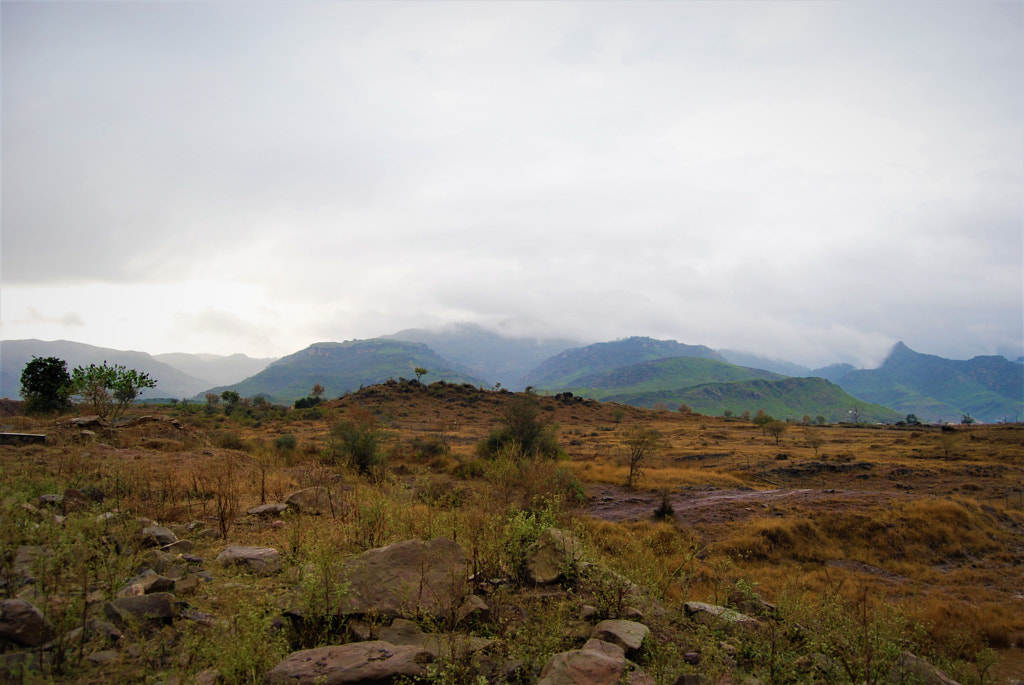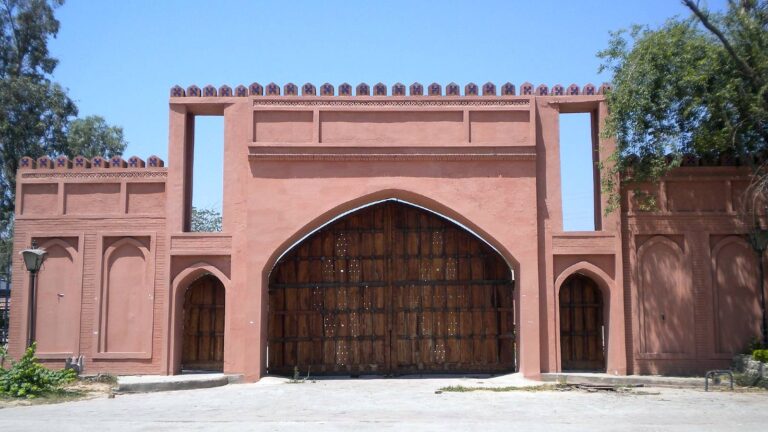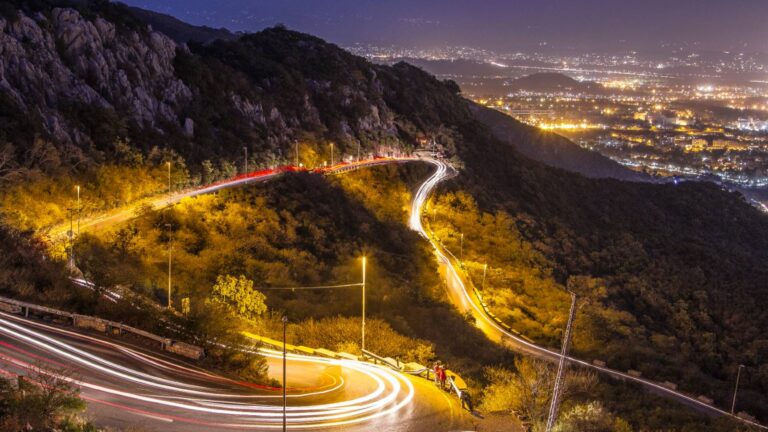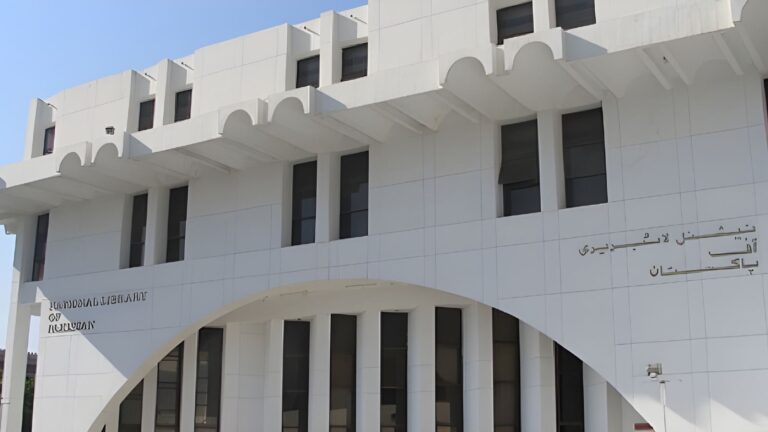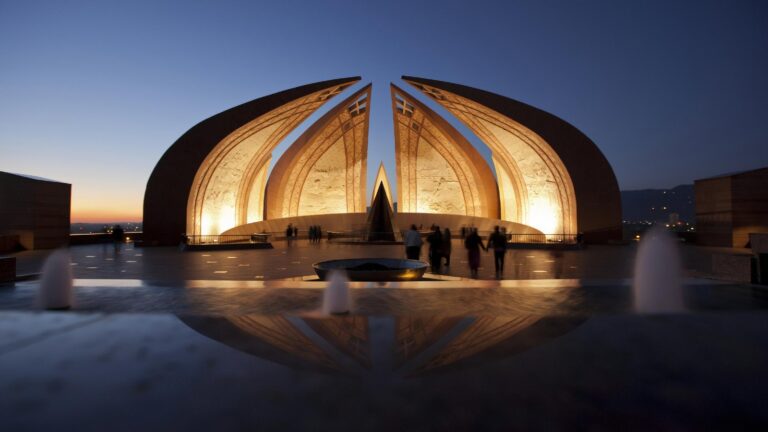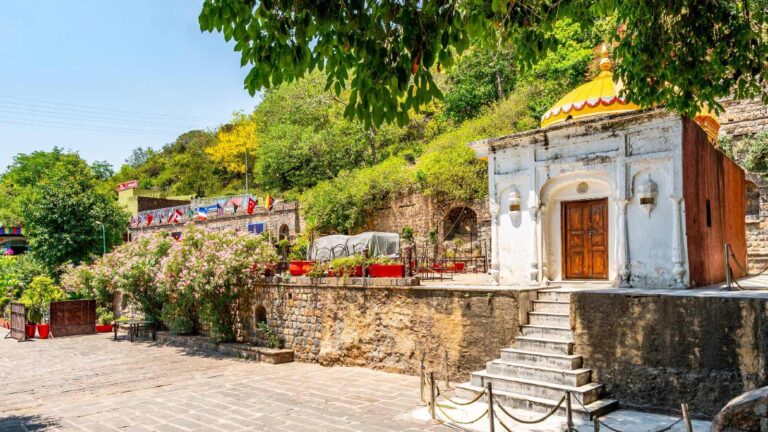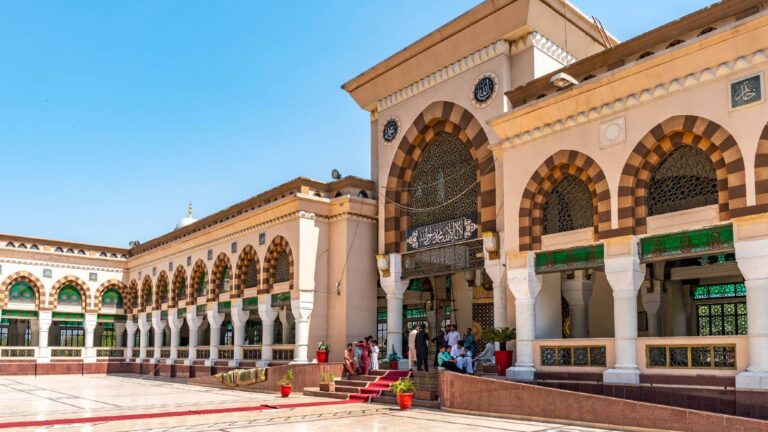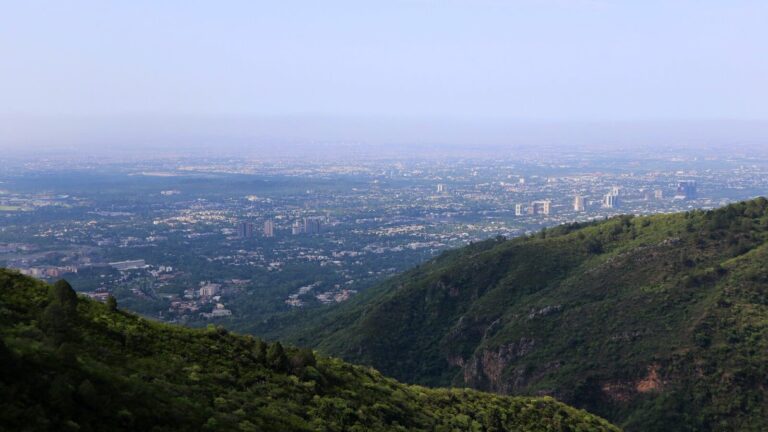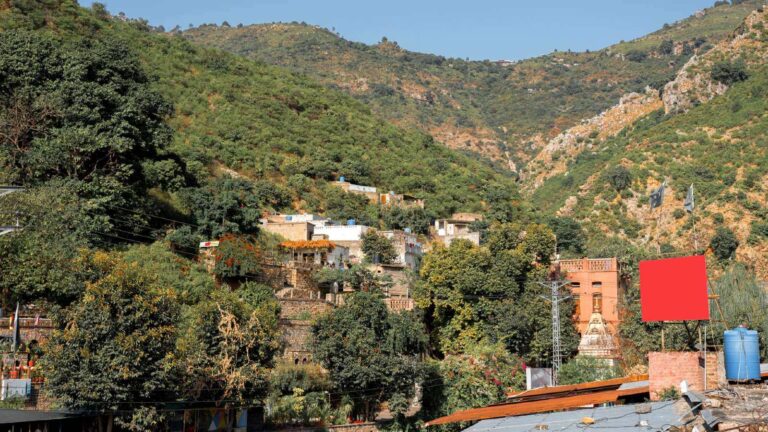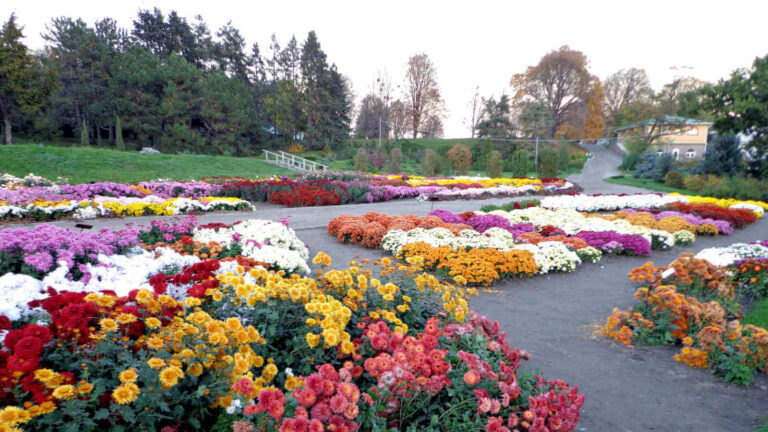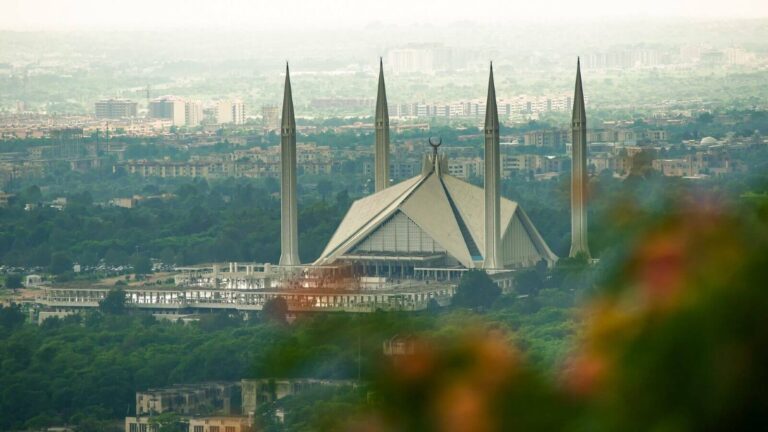Getting There
Getting to Margalla Hills National Park from within Pakistan is accessible through several modes of transportation.
By driving, you can access the park from various points in Islamabad. Main roads lead to entry points, such as the Trail 3 and Trail 5 entrances. Well-marked signs guide the way to the park’s trailheads.
Public buses are available within Islamabad and nearby areas. Some routes have stops near the park’s entrances, making it feasible for those relying on public transportation.
While Islamabad’s train network is limited, you can use the Margalla Railway Station as a starting point. From there, you’ll need to continue the journey by taxi or bus to reach the park.
Taxis and rideshare services are convenient options, offering personalized transportation to specific trailheads or entry points within the park.
Choosing transportation depends on factors like convenience, budget, and group size. Regardless of the mode chosen, Margalla Hills National Park’s natural beauty and recreational opportunities await travelers seeking a nature-infused experience within the country.
What to Expect
Margalla Hills National Park offers an immersive experience for nature enthusiasts and hikers. Expect a lush expanse of diverse landscapes, including forests, hills, and streams. The park boasts an extensive network of hiking trails suitable for various levels, offering breathtaking views of Islamabad and its surroundings.
Nature lovers can expect encounters with unique flora and fauna, making it a great spot for birdwatching and wildlife observation. Picnic spots along the trails provide serene settings to relax and enjoy outdoor meals.
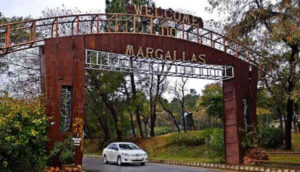
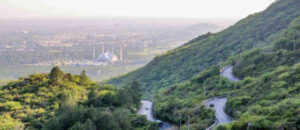
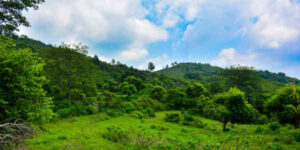
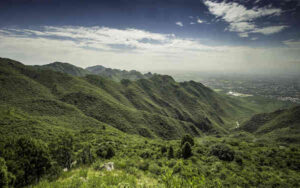
For hikers, the park caters to both beginners and experienced trekkers. Trails like Trail 3 and Trail 5 offer challenging climbs with rewarding panoramic vistas. The opportunity to connect with nature, breathe in fresh air, and witness the city from a different perspective is an integral part of the experience.
History enthusiasts will appreciate the park’s connection to Islamabad’s development and the preservation of natural beauty amidst urbanization. Its significance as a protected area for conservation contributes to its economic value in terms of eco-tourism.
Overall, Margalla Hills National Park offers a chance to escape the urban hustle, engage in physical activity, and embrace the tranquility of nature. Whether it’s hiking, photography, or simply enjoying the outdoors, the park promises a memorable journey for travelers seeking natural beauty and adventure.
History
Margalla Hills National Park’s history is steeped in natural preservation and intertwined with Islamabad’s development. The park’s origins trace back to the 1960s when Islamabad’s master plan emphasized the importance of protecting the Margalla Hills’ rich biodiversity.
The hills and their surroundings were declared a national park in 1980, ensuring the conservation of the area’s unique ecosystems. The establishment of the park aimed to safeguard the region’s flora, fauna, and natural resources, while also providing recreational opportunities for the city’s residents and visitors.
The park’s historical significance extends to its name, derived from the Margalla range that has geological significance dating back millions of years. These hills have witnessed the passage of time and the evolution of the region’s landscapes.
Over the years, Margalla Hills National Park has played a crucial role in Islamabad’s growth. As the city expanded, the park’s boundaries were adjusted to strike a balance between development and conservation. The park stands as a testament to the city’s commitment to preserving its natural heritage amid urbanization.
Historically, the park’s role has extended beyond ecological conservation. It has provided a backdrop for outdoor activities, cultural events, and educational initiatives. The park’s trails and natural beauty have inspired generations of hikers, nature enthusiasts, and researchers. The park’s history showcases Islamabad’s unique approach to city planning, one that harmonizes urban development with environmental preservation. It reflects the nation’s dedication to protecting its natural treasures and fostering a sense of connection to the land. Margalla Hills National Park’s journey through time is a testament to the importance of maintaining a balance between progress and environmental stewardship.
Facilities Available
- Hiking Trails: Extensive network of well-marked trails catering to various skill levels.
- Picnic Areas: Designated spots equipped with seating for picnics and relaxation.
- Visitor Centers: Information hubs providing maps, guides, and insights about the park’s history and trails.
- Restrooms: Public toilets available for visitors’ convenience.
- Accessibility: Some trails are wheelchair-friendly, ensuring inclusivity.
- Wi-Fi: Limited to no Wi-Fi availability, promoting an immersive nature experience.
- Accommodation: Nearest accommodations available in Islamabad, catering to different preferences and budgets.
- Tourism Information: Visitor centers offer details about the park, often in multiple languages, for international tourists.
- Public Transportation: Accessible via public buses, with some routes leading to the park’s entrances.
- Fuel: Nearby fuel stations for those traveling by private vehicles.
- Taxis/Rideshare: Taxis and rideshare services available for transportation to and from the park.
- Nature Education: Interpretive signs and information boards along trails to educate visitors about the environment.
- Safety Measures: Signage, emergency contact information, and park rangers ensure visitor safety.
- Photography: Opportunities for capturing stunning landscapes and biodiversity.
- Conservation Efforts: Exhibitions and information about the park’s conservation initiatives.
- Guided Tours: Occasional guided tours by local experts providing insights into the park’s ecology and history.
- Birdwatching: Viewing platforms and information about local bird species.
- Nature Shop: Shops offering nature-related merchandise and essentials for hikers.
- Cafeteria/Kiosk: Small cafes or kiosks for refreshments at select trailheads.

